In order for students to have a comprehensive understanding of nonfiction text features, they must not only be able to identify the different text features, but they also be able to understand the purpose behind the text features and how to best include a variety of text features in their own writing!
Below you will find a huge variety of text feature activities that could help you differentiate your instruction, whether you are working with students who need a basic introduction to text features, or if you are looking for ways to challenge your advanced learners.
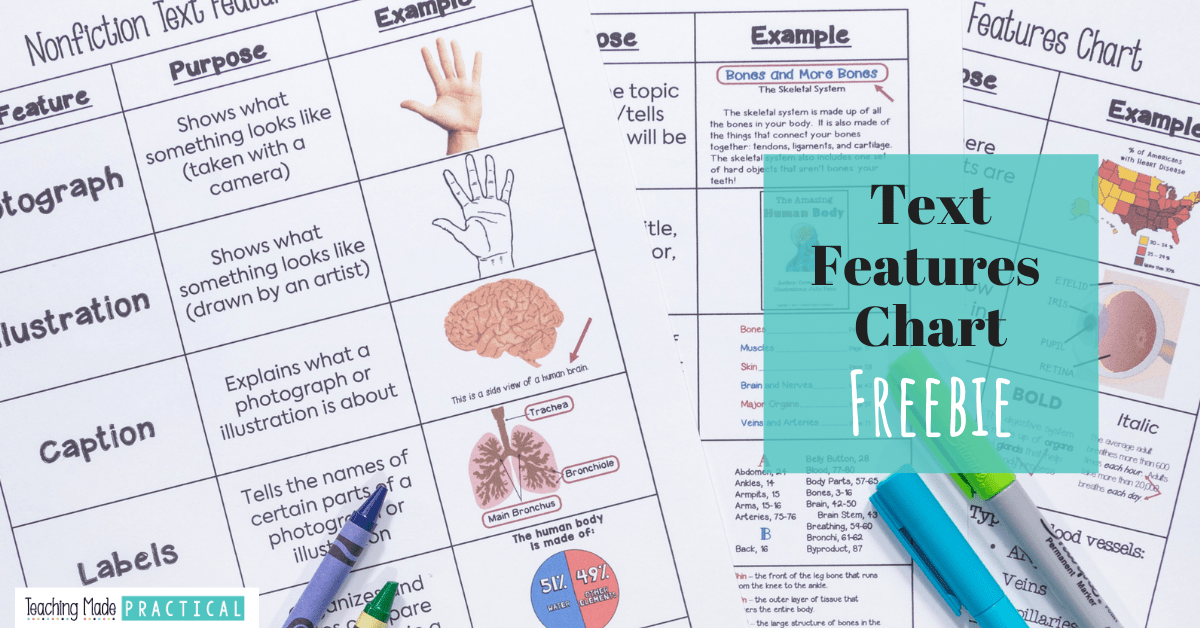
Use this free chart to help teach your students different nonfiction text features. It includes examples and explanations of 18 different text features.
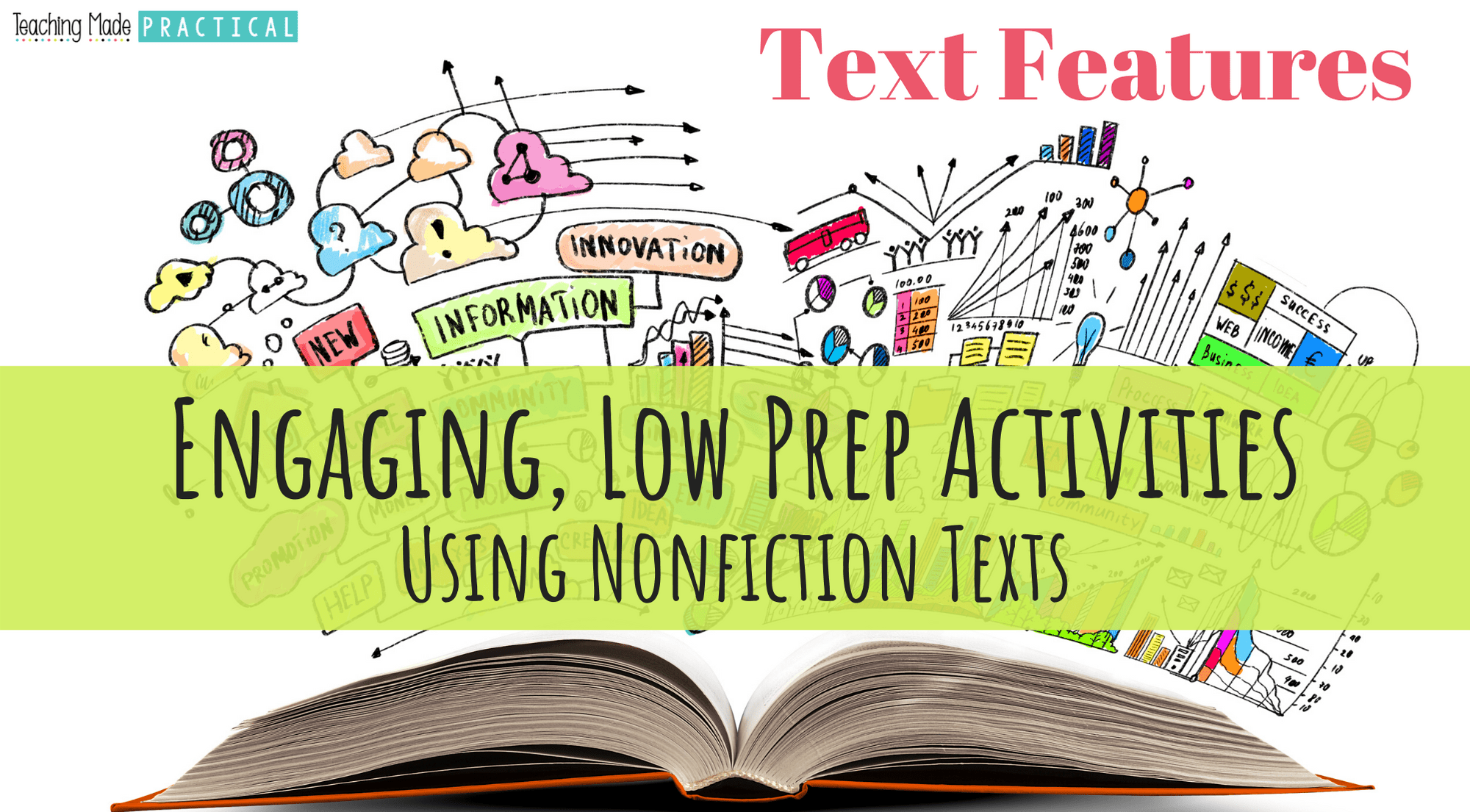
Are your students ready practice their text feature skills? These low prep nonfiction text feature activities will help make lesson planning easy!
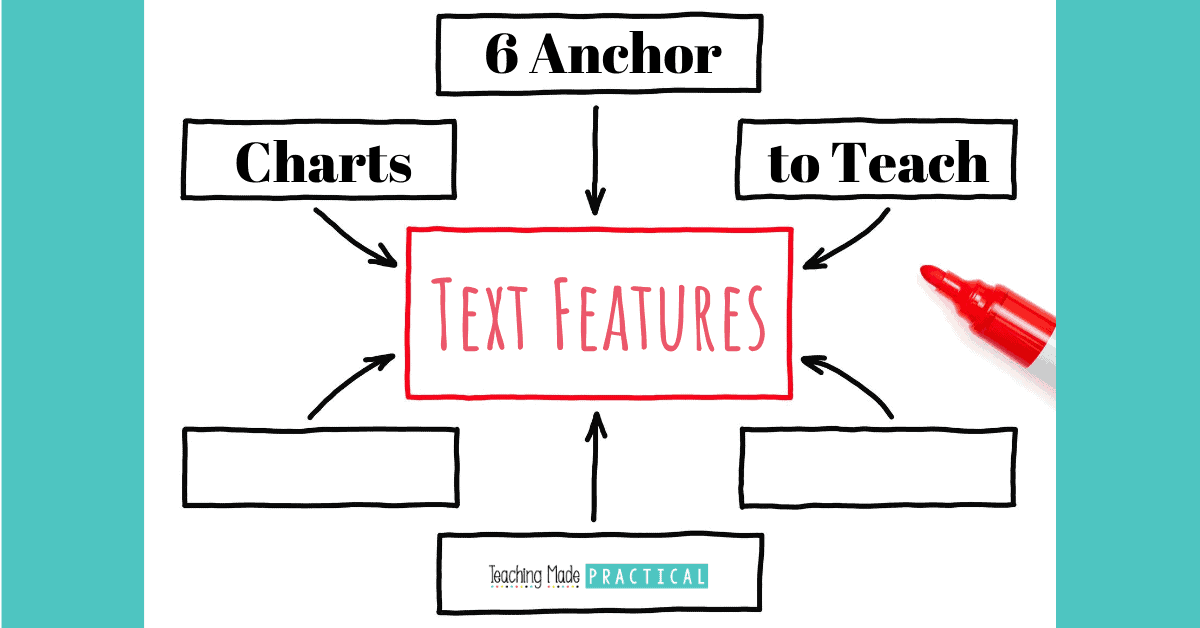
These 6 anchor chart ideas will help make planning your text feature lessons easier. Choose the one that best fits the needs of your upper elementary students!
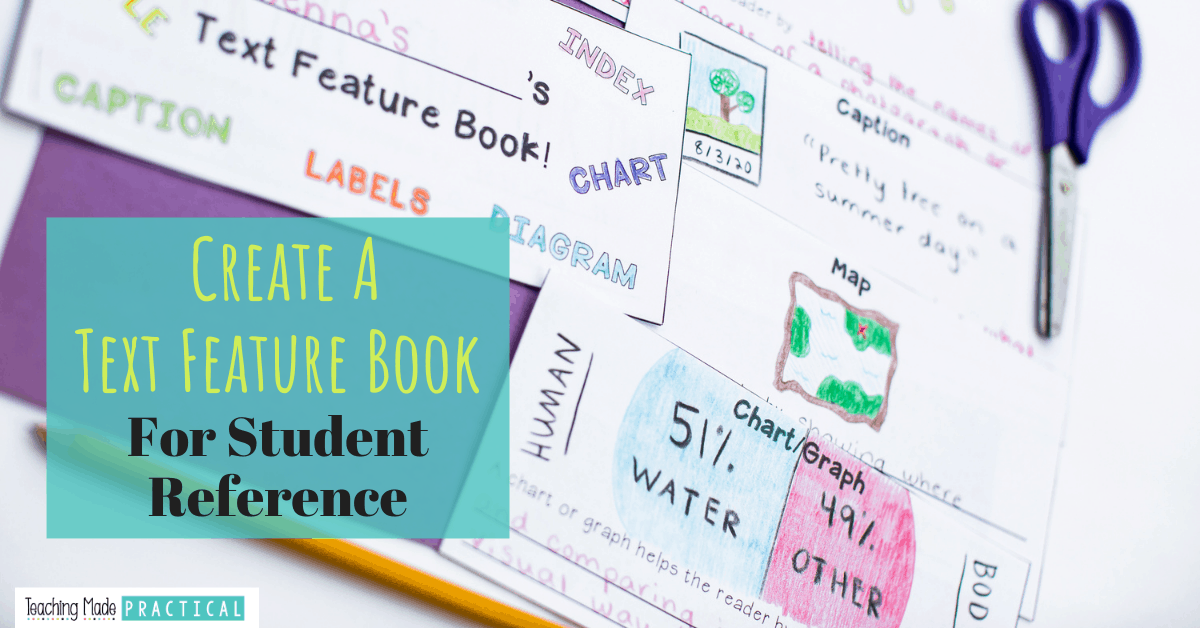
After introducing students to nonfiction text features, have them apply what they have learned. Create a text feature booklet - have students create a class book or an individual book.
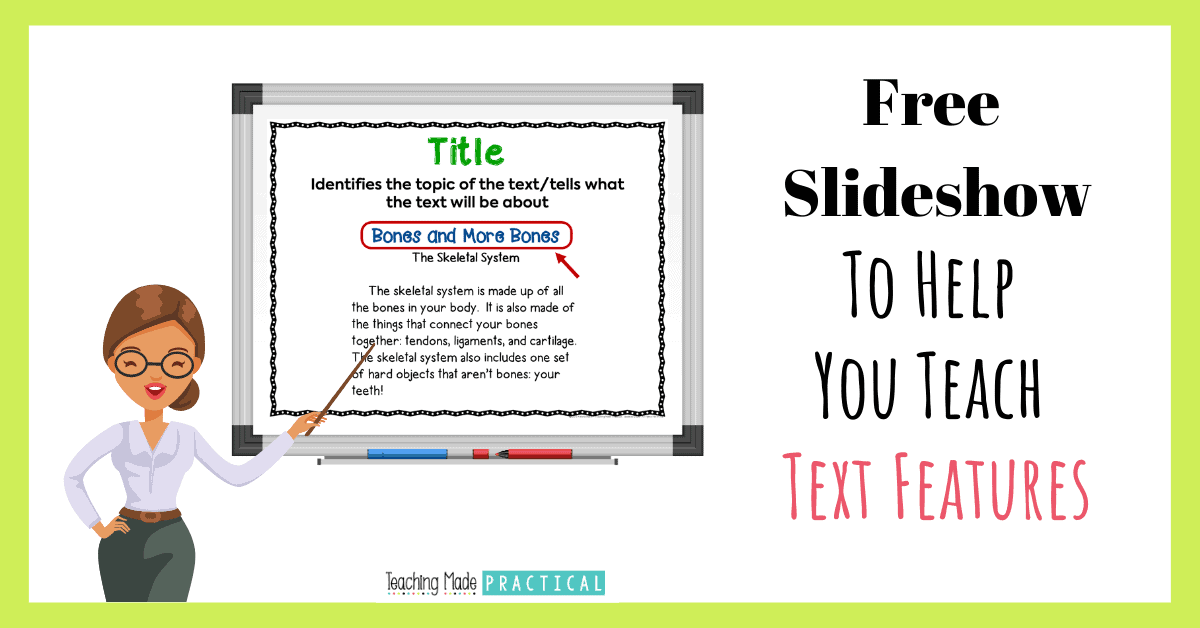
This free slideshow will help your students learn the name and purpose of 18 different nonfiction text features. A no prep way to introduce your 3rd, 4th, and 5th grade students to text features.
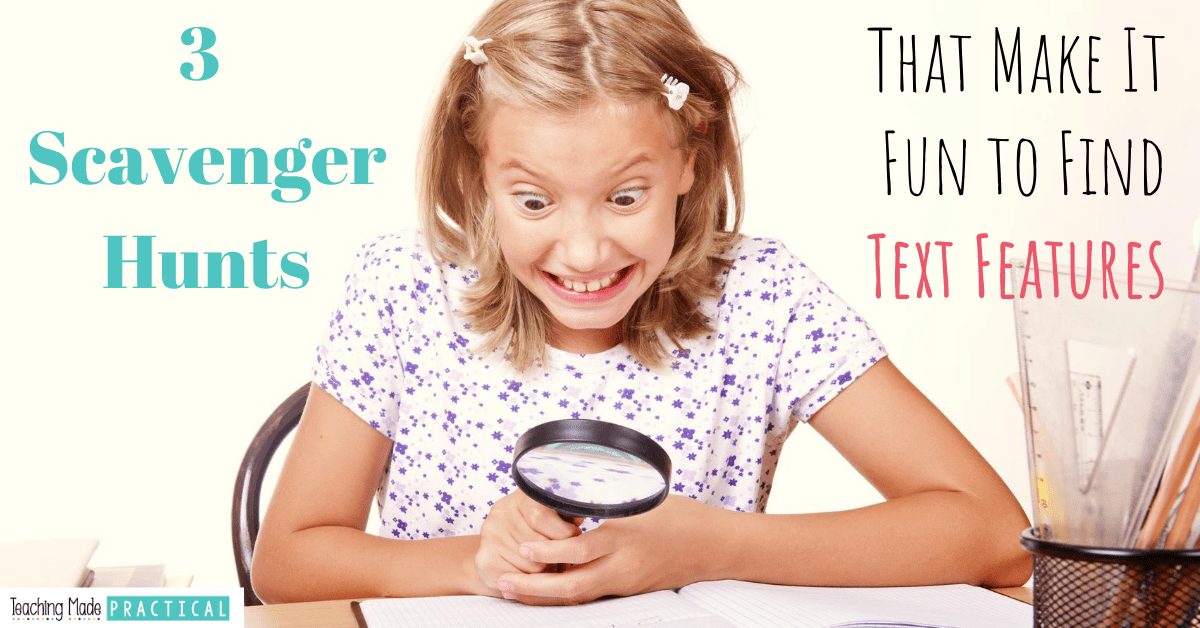
Who doesn't love a good scavenger hunt? Here are 3 ideas to harness the engaging power of scavenger hunts in practicing text features. Includes a reusable, FREE printable!
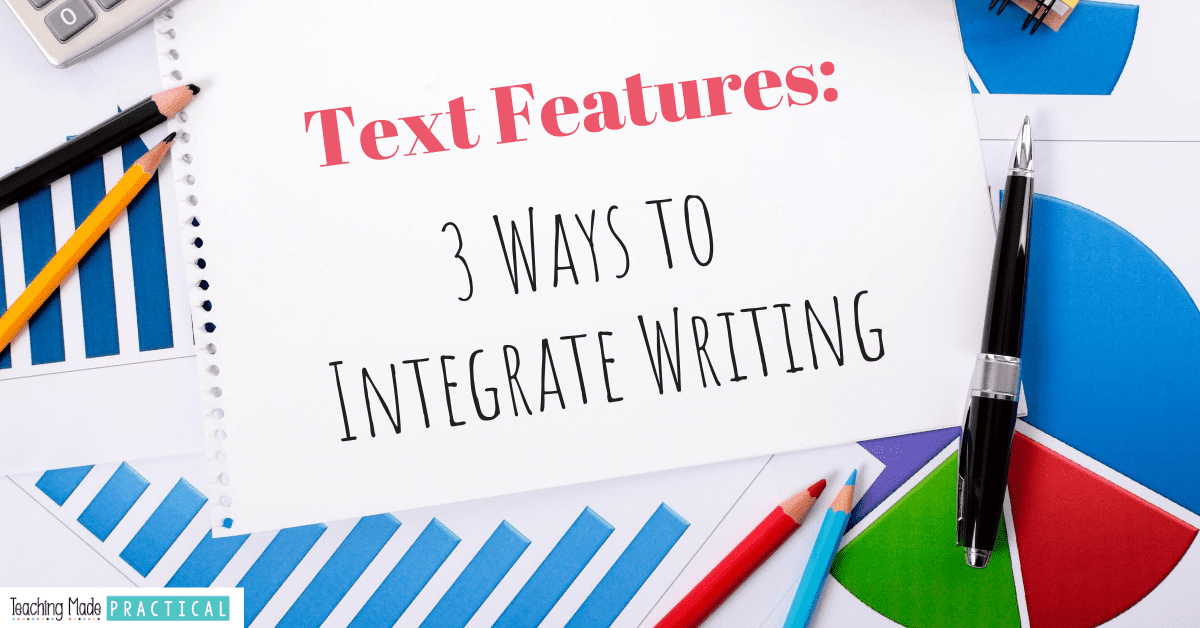
Review nonfiction text features with these writing integration ideas! Provide rigorous practice with text features, draw on higher-level thinking, integrate writing, strengthen main idea skills, and teach valuable business skills!

Technology is amazing and all, but when you have to find new ways to incorporate it, it can feel like a real burden. Let me take a load off with these 3 text features activities that all make great use of user-friendly technology!
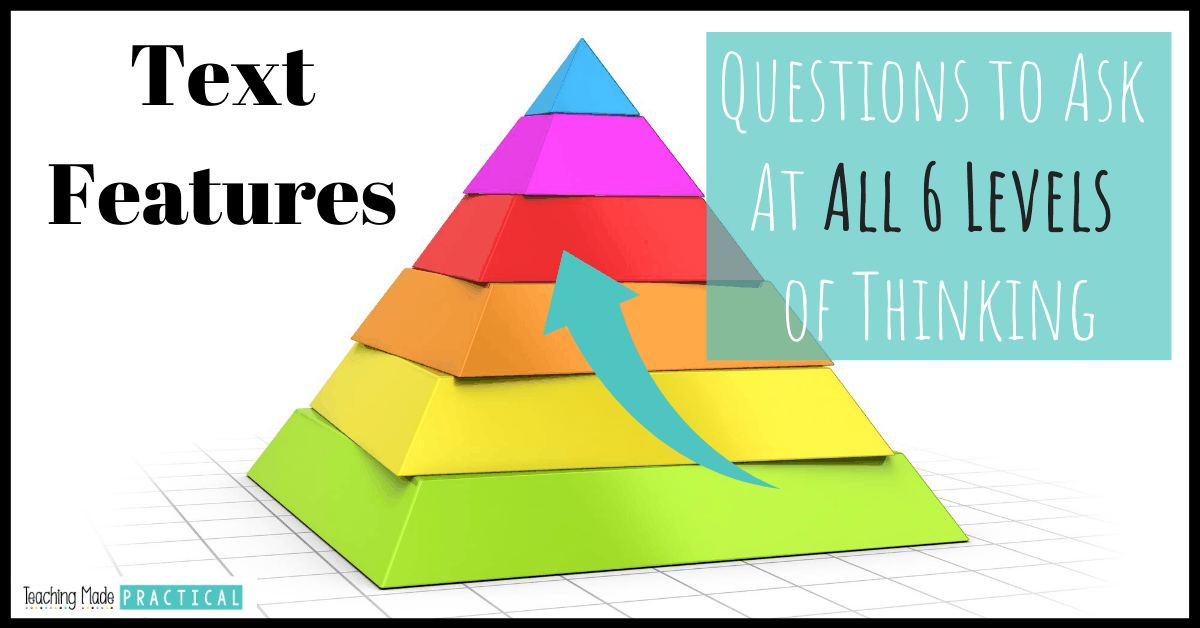
These 36 questions will make lesson planning easier while helping your students to think more deeply about text features. It includes a free printable.
Want to make your lesson planning even easier? Find everything you need to teach nonfiction text features in this Text Features Bundle.
There are posters, task cards, no prep activities, reading passages, and more to help your students have a deep and thorough understanding of text features and their purposes.
The text feature resources above provide free ideas, activities, and printables you can use when teaching text features to your elementary students. The activities included will work best for 3rd grade and 4th grade, although many of the activities could be adapted to reach younger (2nd grade) or older students (3rd grade).
The activities above address the following Common Core Standards:
CCSS.ELA-LITERACY.RI.3.5
Use text features and search tools (e.g., key words, sidebars, hyperlinks) to locate information relevant to a given topic efficiently.
CCSS.ELA-LITERACY.RI.3.7
Use information gained from illustrations (e.g., maps, photographs) and the words in a text to demonstrate understanding of the text (e.g., where, when, why, and how key events occur).
CCSS.ELA-LITERACY.RI.4.7
Interpret information presented visually, orally, or quantitatively (e.g., in charts, graphs, diagrams, time lines, animations, or interactive elements on Web pages) and explain how the information contributes to an understanding of the text in which it appears.

